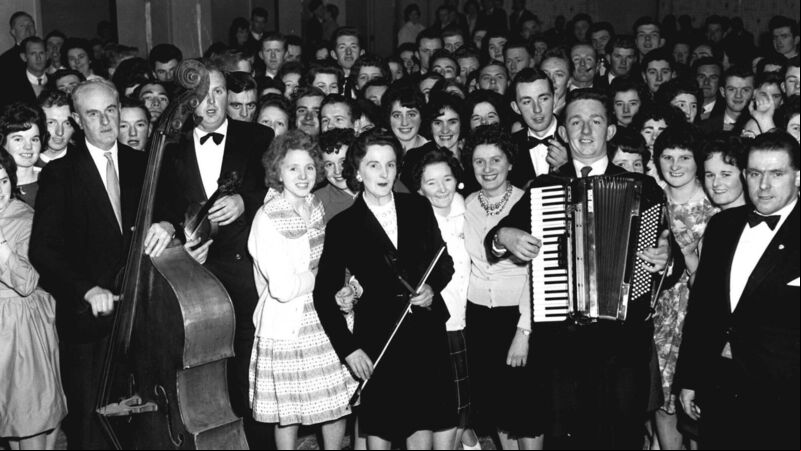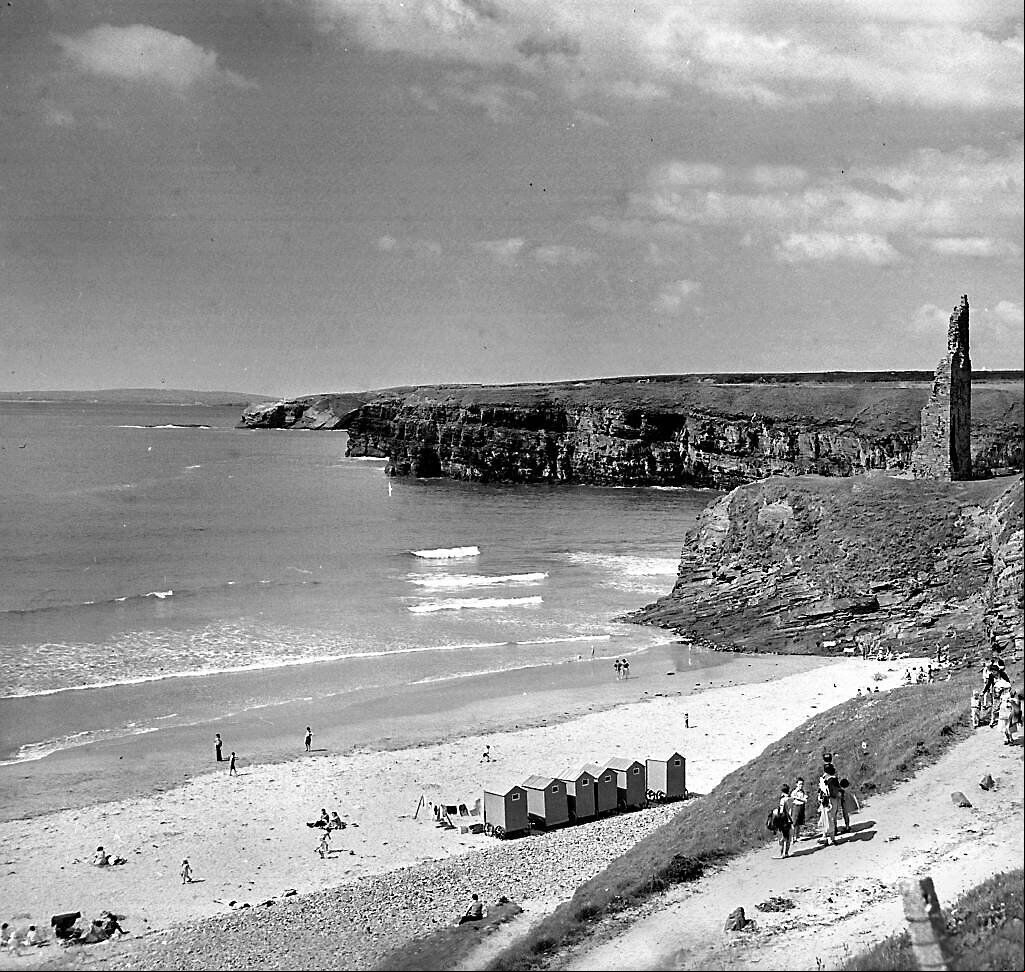Cork city dance led to a 53-year marriage

Musicians and patrons at the Palm Court Ballroom, Cork, on January 3 1962. A reader met his wife there the following year and they were married for more than half a century
Did you see that episode of Reeling In The Years on 1964 on RTÉ recently?









